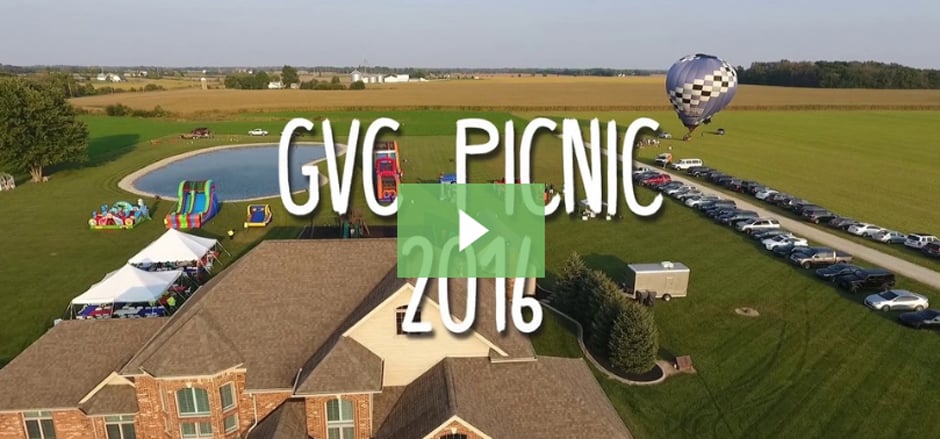The American Dream Part Three: The Tree Still Stands
October 31, 2014 / GVC Mortgage, Inc. / Uncategorized, Press Room
The American Dream Part Three: The Tree Still Stands

Have you read PART 1 and PART 2 of our “The American Dream” series?
The housing market crash of 2008 set the stage for what is now referred to as the “great recession.” The entire U.S. economy was damaged and the American Dream, heavily focused on home ownership at the time, was in question—and has been ever since.
Again we show our resilience
When the market first went down our president, Barack Obama, once again alluded to the term. Attempting to use it as a beacon of hope for the American people, Obama mentioned how we need to get back to the original idea of the American dream, saying:
“The time has come to reaffirm our enduring spirit; to choose our better history; to carry forward that precious gift, that noble idea, passed on from generation to generation: the God-given promise that all are equal, all are free, and all deserve a chance to pursue their full measure of happiness.”
Although Obama didn’t make direct reference to the American Dream, we all knew what he was speaking of because the idea of looking to it in a time of economic woe has been ingrained in us.
Homeownership today
Despite the setback, the desire to own a home is still prevalent today. Approximately 56% of Americans own a home and plan to continue to do so while 25% don’t own a home but plan to own one within the next 10 years.
On the other side of the picket fence, some Americans are abandoning their homes in favor of penthouse views and shorter commutes to work. Recent housing data shows traditional single-family suburban home construction is on its way down from 1.7 million starts in 2005 to just over 600,000 starts in 2013.
Regardless of which side of the fence you stand on, it can be noted home ownership is still a strong desire. It’s hard to determine whether this aspiration is due to the home still being a symbolic icon of the American Dream, or because Americans still view it as the best long term investment–even after the crash.
The new American Dream
The small seed that initially sparked our nation has grown into a great tree that still stands today and will stand forever. The American Dream is and always will be a reminder of what lies in the past and what we can overcome in the future.
However, the emphasis of the dream and the way the dream is defined will adapt with every generation depending on the economic woes or successes they face.
In the beginning when James Truslow Adams originally coined the term, the dream meant every person could “attain the fullest stature of which they are innately capable.”
During the second stage of the American Dream, during your parents or grandparents generation, owning a home was highly emphasized and defined what it meant to be successful.
Today the dream no longer has a straightforward definition because, depending on your age, everyone is looking for something different. If you’re a millennial you most likely desire to own a home at some point in your life but it’s not the benchmark in determining whether you’re successful. The American Dream is now defined by the individual, it’s what you make it.
How do you define the American Dream?
.png?width=505&height=89&name=GVC%20Mortgage%20(4).png)



